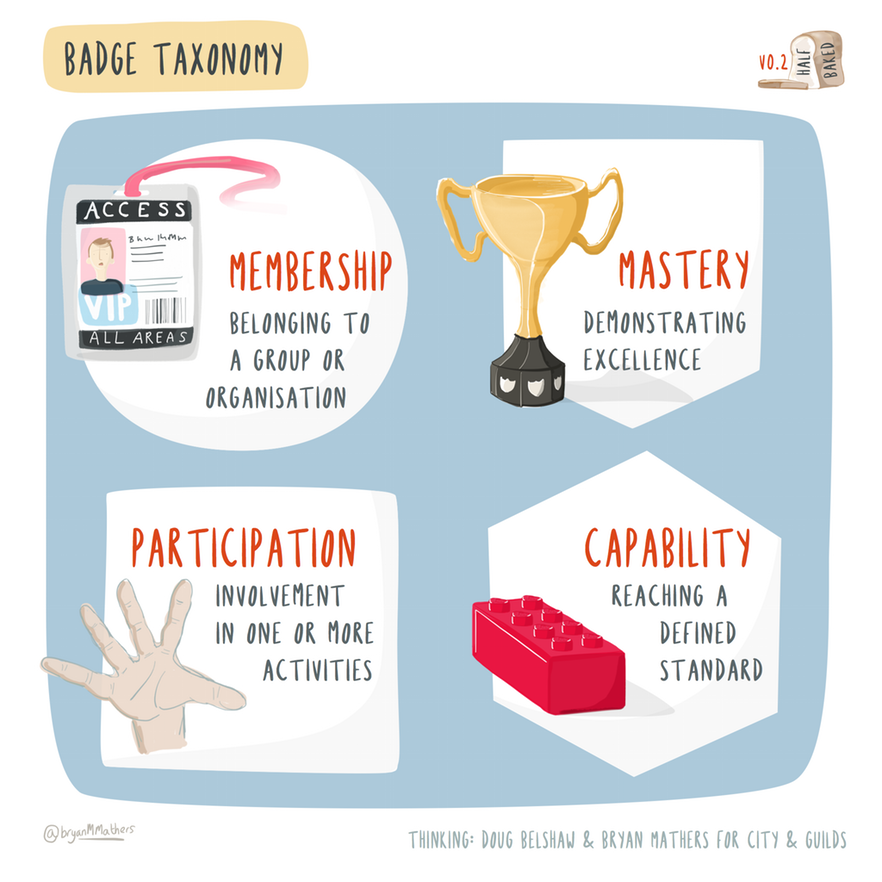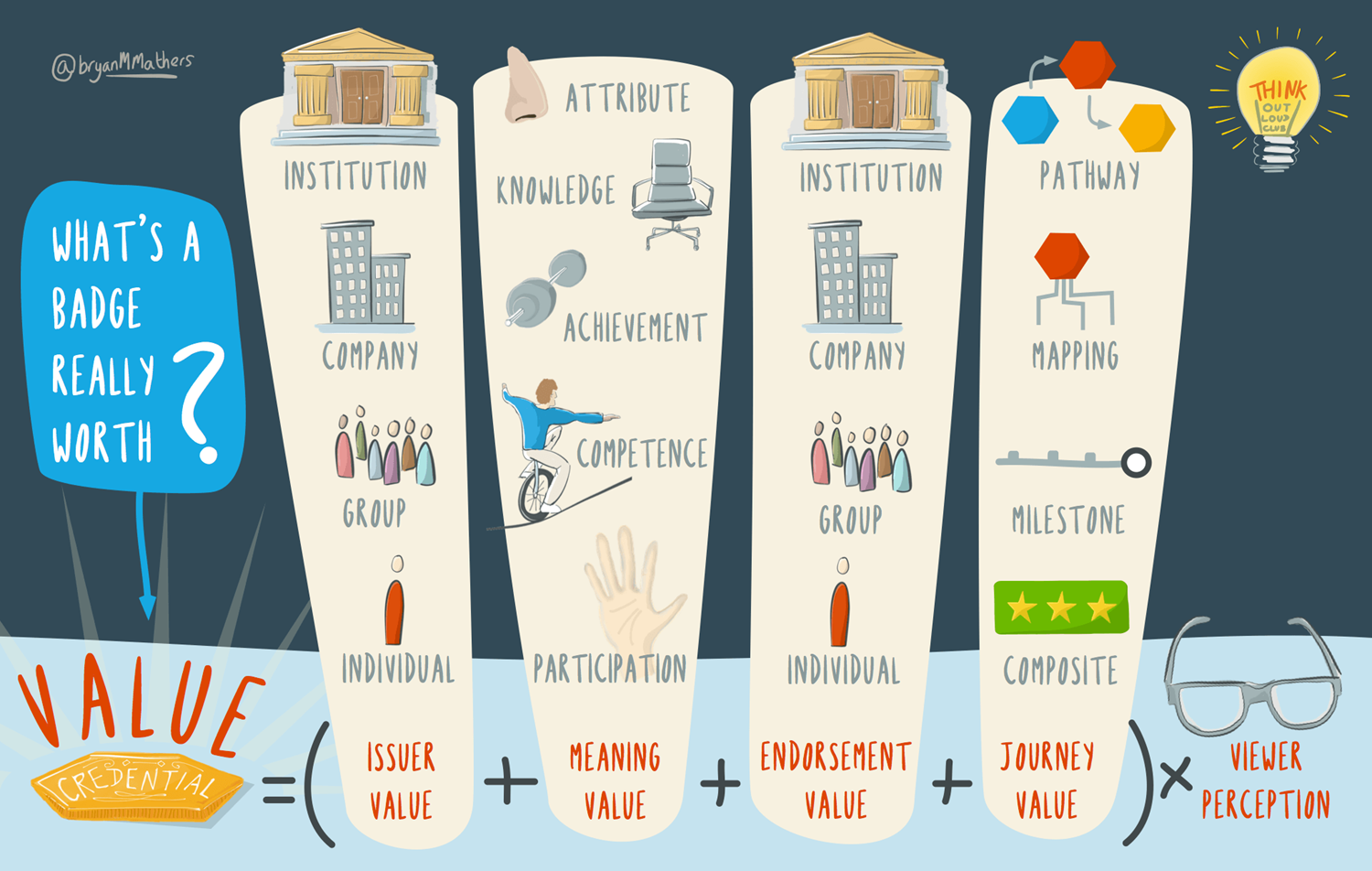This week Eric Kuhn, opening keynoter at ASAE’s 2017 Marketing, Membership & Communications Conference advised attendees to "adopt social media next practices, not just best practices", when describing social media as one of the most powerful marketing tools for associations. It prompted us to think about what might be the "next practices" associations need to adopt to future-proof the value of their education and certification programs for members and non-members.
We already know that not only does eLearning provide a valuable member service, leading to higher member retention rates, it can also generate an important additional source of non-dues revenue. There are also many ways that eLearning is changing to incorporate more social aspects, and many associations are taking advantage of online communities, social sharing, gamification, and collaborative learning practices to make their programs more relevant to learners living in an increasingly socially-connected world. In terms of the "next practices" for association eLearning, we think the greatest potential lies in digital badges, as a means of increasing both the value of education programs for members and the capacity for eLearning to generate non-dues revenue for associations.
Value of Digital Badges for Association Members

Awareness of current issues affecting your industry, advocacy for your members and their professions, and your trusted relationships with employers gives associations an authoritative edge over academic institutions, when it comes to providing continuing professional education for prospective employees. Associations can build timely professional development programs that address the specific competencies required by employers, in a much faster time frame than it takes to restructure a broader academic curriculum. Because association education programs are based on industry standards, the learning outcomes are consistent and it is easy for employers to recognize the validity of skills and competencies achieved.
In comparison to a paper certificate, which can be hung on the wall of an office and is not easily verified as part of a learner's resume, the metadata embedded in digital badges enables easy verification of authenticity and the portability of digital badges means that learners can display them in a number of places, including:
- Email signature (as a graphic, with hyperlink)
- Blog
- LinkedIn, Twitter, Facebook, or other social profile
- LMS profile
- Website
- Soft-copy or online resume, (as a graphic, with hyperlink)
- Digital Badge Backpacks – Mozilla OpenBadges, Credly, Badgr, etc…
Associations are realizing that digital badges are sought after by their members, and employers are increasingly trusting them as validated credentials for skills achieved. Therefore, the logical "next practice" in relation to continuing professional education is to offer a digital badge as a credential for completing a specific education or certification program. This digital badge would be imbued with value for your members, as it enables them to:
- Display achievements accreditation in their professional field;
- Reflect the effort and prestige to earn it;
- Validate to employers they have relevant skills (as taught by an organization with authority in that field);
- Collect proof of life-long learning from many sources (and shows commitment to professional development).

Non-Dues Revenue Potential of Digital Badges for Associations
Digital Badges enable your association to extend the potential to generate non-dues revenue from your education and certification programs in a number of ways. Here are some ideas:
- Add value to existing courses - The abilty to display credentials achieved for continuing professional education on social networks, learning management systems, websites, and resumes increases the value of your programs to members. They may be willing to pay a small premium for the right to display a digital badge earned on completion of a specific course or learning pathway. Whether you incorporate this into the price of the course, charge separately for the badge following completion of the course, or offer digital badges free as a membership benefit, offering a digital badge will enable you to generate additional non-dues revenue from your education and certification programs.
- Promote up-skilling and credential renewal - When designing your digital badge strategy, and creating the badges themselves, you will be able to embed an expiry date into the digital badge metadata. This will enable employers and others to check the validity of the credential earned, but will also allow your association to remind members to update their skills or renew their certification before the expiry date of the badge. As digital badges are more visible and more easily checked than paper certificates, members will be more willing to take courses or renew certification to ensure their badges are valid on their professional social profiles. This will enable you to generate more non-dues revenue from re-certification and up-skilling courses, as members will not want to allow their badge validity to lapse.
- Widen appeal of programs by attracting non-member learners -
 You may be able to widen the appeal of your education programs to non-members by offering digital badges, as this may provide additional value and appeal to non-members who are choosing between your program and another training program which only offers paper certificates. By increasing the potential audience for your programs you will be able to increase the non-dues revenue they generate for your association. You might want to offer certain courses to non-members, as a way to generate interest, and restrict more advanced courses to members. Once non-members have completed their initial training, they may see the value in becoming members of your association to access the more advanced content, thus also potentially increasing your revenue from membership dues.
You may be able to widen the appeal of your education programs to non-members by offering digital badges, as this may provide additional value and appeal to non-members who are choosing between your program and another training program which only offers paper certificates. By increasing the potential audience for your programs you will be able to increase the non-dues revenue they generate for your association. You might want to offer certain courses to non-members, as a way to generate interest, and restrict more advanced courses to members. Once non-members have completed their initial training, they may see the value in becoming members of your association to access the more advanced content, thus also potentially increasing your revenue from membership dues.
- Multiply opportunities to generate non-dues revenue - In some recent examples we have seen of associations offering digital badging programs, the association will offer the online course to members and non-members, but badges are charged for separately to accessing the content, and are only available to members. Rather than restricting the potential additional value and appeal that digital badges could add to your program to attract non-members, it could be possible to offer two types of badges for each course - one for non-members which is charged at a premium, and one for members, which is offered at a discount. This gives you two ways to generate non-dues revenue from the same content.
Do you agree that digital badges could be the "next practice" associations need to adopt to future-proof the value of their education and certification programs for members and non-members? If so, you might want to check out our post How To Design a Digital Badge Strategy and follow our blog for other insights on association education.






